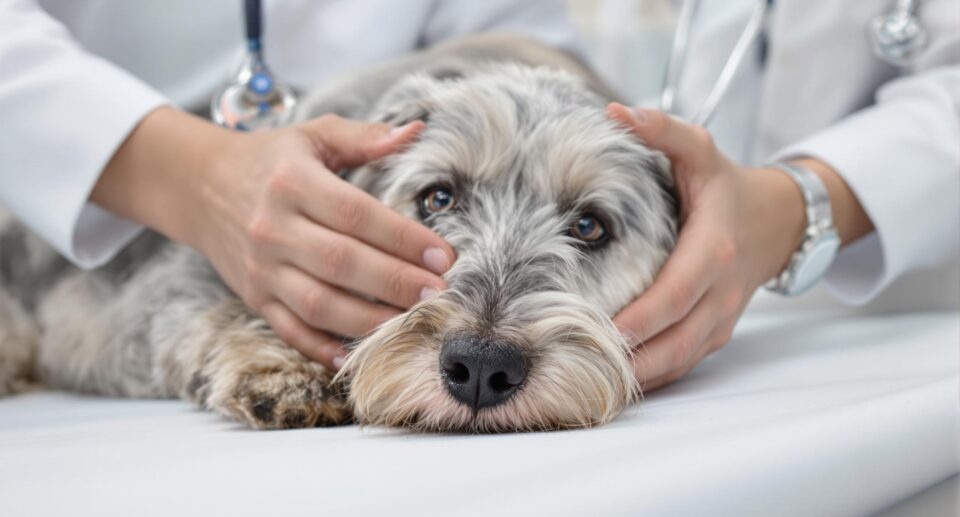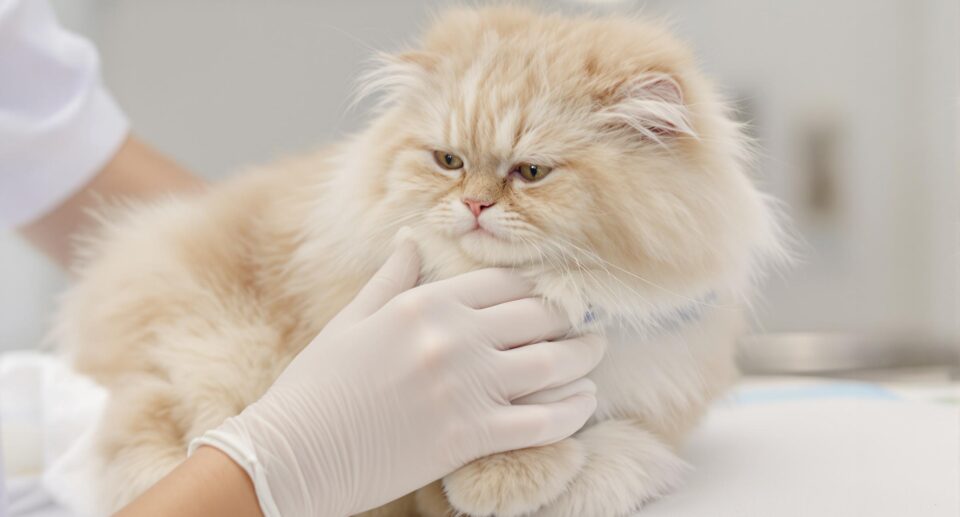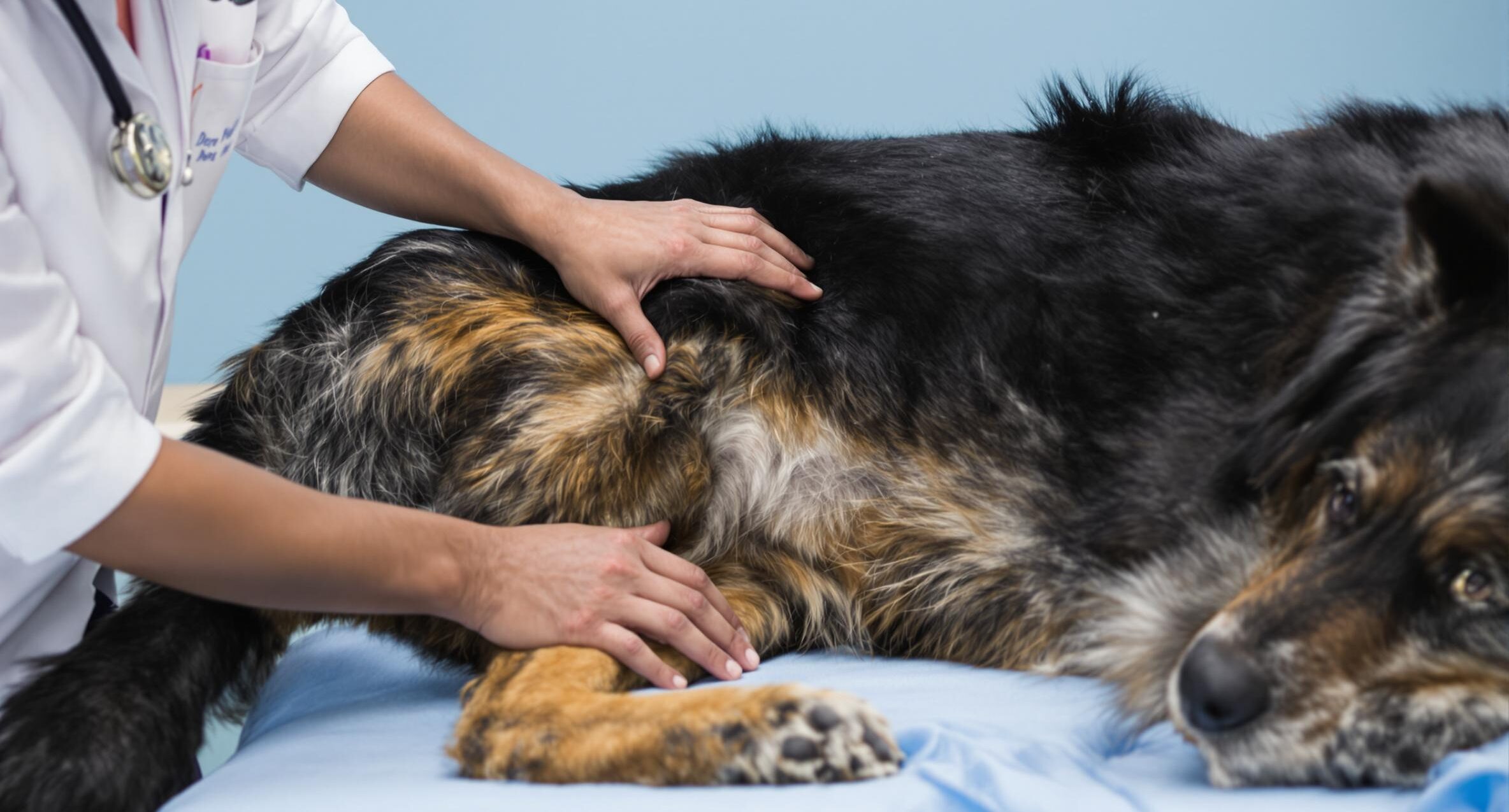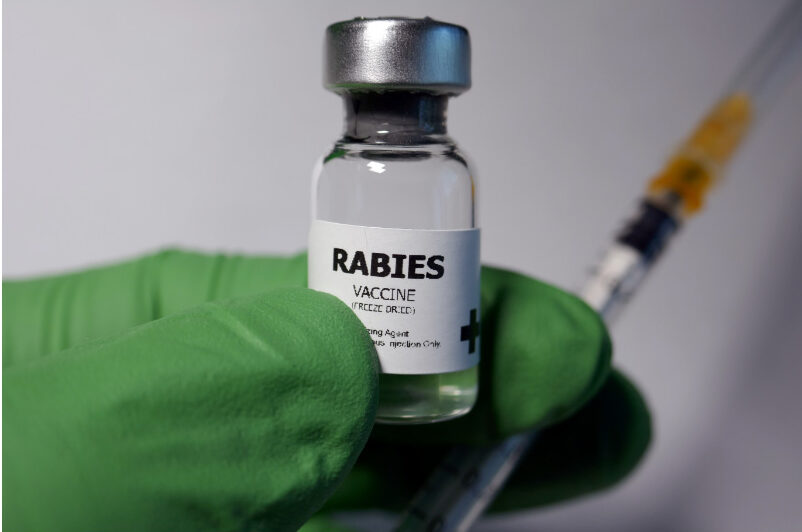Kidney Disease in Dogs: What Every Owner Needs to Know

Key takeaways:
- Recognizing early symptoms like increased thirst, changes in eating habits, and unusual fatigue can significantly impact the treatment outcome of kidney disease in dogs.
- Collaborating with veterinarians to monitor your dog’s kidney health through regular check-ups and diagnostic tests is crucial for early detection and effective management.
- Implementing preventive measures such as a balanced diet, maintaining proper hydration, and creating a safe environment can help protect your dog’s kidney health.
If your dog drinks more water than usual, has accidents in the house, or slows down on walks, it might be more than just a phase. These everyday changes can sometimes be early signs of kidney disease, and spotting them early can help you get your dog the care it needs.
Your dog’s kidneys play a vital role in keeping their body balanced. They filter waste, manage hydration, and help regulate essential systems. Kidney disease can come on suddenly (acute) or progress slowly over time (chronic).
PetHealthMD helps you understand what’s happening so you can make informed choices with your vet. With early intervention and consistent care, many dogs with kidney disease enjoy a good quality of life.
Understanding the causes of kidney disease in dogs
Your dog’s kidneys can face health challenges in two distinct ways. The first is chronic kidney disease (CKD), which develops slowly over months or years. The second is acute kidney injury (AKI), which can happen suddenly. Understanding these differences helps you stay alert to your pet’s health changes.
Age and genetic factors
As dogs grow older, their risk of developing kidney problems naturally increases. Dogs over 10 years old need extra attention to their kidney health. Some breeds, including Shetland Sheepdogs and Yorkshire Terriers, have a higher chance of experiencing kidney issues due to their genetic makeup. These inherited traits can influence how well the kidneys function throughout a dog’s life.
Environmental influences
Your dog’s surroundings and daily routine play essential roles in kidney health. Common risks include exposure to certain plants, medications, and household chemicals. Pet owners should know that even seemingly harmless items like grapes, raisins, and some human medications can affect kidney function. Maintaining good dental health also protects your dog’s kidneys, as bacteria from dental disease can spread throughout the body.
Prevention through regular care
While you can’t change your dog’s age or genetics, you can take positive steps to protect their kidney health. Regular veterinary check-ups can catch early warning signs before they become serious concerns. Your veterinarian might recommend blood tests and urine analysis to keep watch over your dog’s kidney function. Working together with your vet, you can create a care plan that’s perfect for your furry family member.
Identifying symptoms of kidney disease in dogs
Your dog’s health matters, and spotting the early signs of kidney disease helps you protect your beloved companion’s wellbeing. Many dogs show subtle changes before developing more noticeable symptoms, so paying attention to your pet’s daily habits and behavior is essential.
- Increased thirst and frequent bathroom breaks. If your dog suddenly empties their water bowl more often or asks to go outside frequently, contact your vet for a wellness check.
- Changes in eating habits and weight. A diminishing appetite or unexplained weight loss can be early indicators. Track your dog’s meals and weekly weight to spot concerning patterns.
- Unusual fatigue during regular activities. When your usually enthusiastic pup becomes tired during walks or playtime, schedule a check-up to rule out kidney issues.
- New breath odor. A distinct ammonia-like smell (caused by waste products in the blood) needs immediate veterinary attention.
- Stomach upset and nausea. If your dog experiences vomiting or diarrhea, especially alongside other symptoms, seek prompt medical care.
- Pale or discolored gums. Check your dog’s gums regularly—they should be pink and moist. Pale gums may indicate reduced red blood cells, a common complication of kidney disease.
- Decreased interest in favorite activities. When your dog seems withdrawn or less interested in toys and games they usually enjoy, consider it a potential warning sign.
Keep a simple diary of any changes you notice in your dog’s behavior or habits. Share these observations with your veterinarian during regular check-ups—early detection of kidney disease symptoms gives your dog the best chance for successful treatment.
Exploring treatment options for dog kidney failure
Treatment for dog kidney failure combines several approaches to help your furry friend feel better and maintain their health. Working with your veterinarian, you’ll create a personalized care strategy that fits both your dog’s needs and your daily routine.
Hydration support
Keeping your dog hydrated is a cornerstone of kidney care. Your veterinarian may recommend fluid therapy, which involves giving your dog extra fluids under their skin (similar to getting a tiny water bubble that slowly absorbs). Many pet parents learn to do this at home, and while it might sound scary at first, most dogs tolerate it well. These fluid treatments help your dog feel more energetic by keeping them hydrated and allowing their body to clear away waste products.
Medications and supplements
Your veterinarian might also prescribe medications to support your dog’s health. These might include special minerals that help balance nutrients in your dog’s blood (phosphate binders), medicines to improve appetite, or supplements to maintain healthy blood pressure. Some dogs also benefit from additional vitamins or minerals to help with side effects like low energy or poor appetite.
Daily care at home
Daily care at home plays a significant role in your dog’s comfort. Simple steps like keeping fresh water available in multiple locations, monitoring water intake, and maintaining a consistent feeding schedule can make a real difference. Dogs with kidney disease do best when their care plan combines medical treatment with attentive home care. Remember to keep track of your dog’s appetite, energy levels, and bathroom habits—this information helps your veterinarian adjust treatments to keep your pet feeling their best.
Preventing kidney disease: Tips for dog owners
Taking proactive steps to protect your dog’s kidney health can make all the difference in their long-term well-being. Small changes in your daily routine can protect your furry friend’s kidney health.
Regular health monitoring
Working with your veterinarian creates a strong foundation for preventing kidney problems. Schedule wellness visits every 6-12 months, with more frequent check-ups for senior dogs or breeds prone to kidney issues. Blood work should be part of these visits, especially for dogs over seven years old. Regular monitoring of potassium levels helps catch early signs of kidney dysfunction before they become serious problems.
Hydration and diet strategies
Your dog’s water intake plays a central role in kidney health. A general guideline is to provide 1 ounce of water per pound of body weight daily. Fresh, clean water should always be available, and many dogs respond well to pet fountains that create moving water. If your dog prefers dry food, try mixing wet food or adding water to their kibble to increase moisture intake.
Creating a safe environment
Protecting your dog from kidney-harming substances requires careful attention to their environment. Common plants like lilies, autumn crocus, and azaleas can damage kidneys, so keep these out of your yard and home. Choose low-sodium food options and store medications securely. Remember that seemingly harmless items like grapes, raisins, and over-the-counter medications can harm your dog’s kidneys.
Frequently asked questions (FAQs) about kidney disease in dogs

Can dehydration cause kidney problems in dogs?
Yes. Persistent dehydration can strain the kidneys and may contribute to acute kidney injury or worsen chronic kidney disease. Keeping fresh water accessible and encouraging fluid intake—especially during hot weather or illness—is essential.
Is kidney disease in dogs contagious to other pets or people?
No, kidney disease is not contagious. It is typically caused by age-related changes, genetic predisposition, toxins, or other health issues, not by viruses or bacteria that can spread between animals or humans.
What’s the difference between kidney disease and kidney failure?
“Kidney disease” refers to any condition that affects kidney function, while “kidney failure” means the kidneys have lost most of their ability to work effectively. Failure can occur suddenly or as the end stage of a chronic disease.
How can dental health affect my dog’s kidneys?
Bacteria from untreated dental infections can enter the bloodstream and potentially damage organs like the kidneys. Keeping your dog’s dental health in check with brushing or dental treats supports overall health, including kidney function.
Should I limit exercise for a dog with kidney disease?
Moderate, low-stress activity is usually safe and beneficial. While you may need to shorten walks or reduce intensity, gentle exercise supports circulation and mental well-being. Always consult your vet about activity levels for dogs with kidney disease.
Do vaccines or flea preventives impact kidney function?
Most vaccines and flea preventives are safe for healthy dogs, but dogs with kidney disease may need special considerations. Your vet can recommend safe preventive care options based on your dog’s current health and any medications they may be taking.





